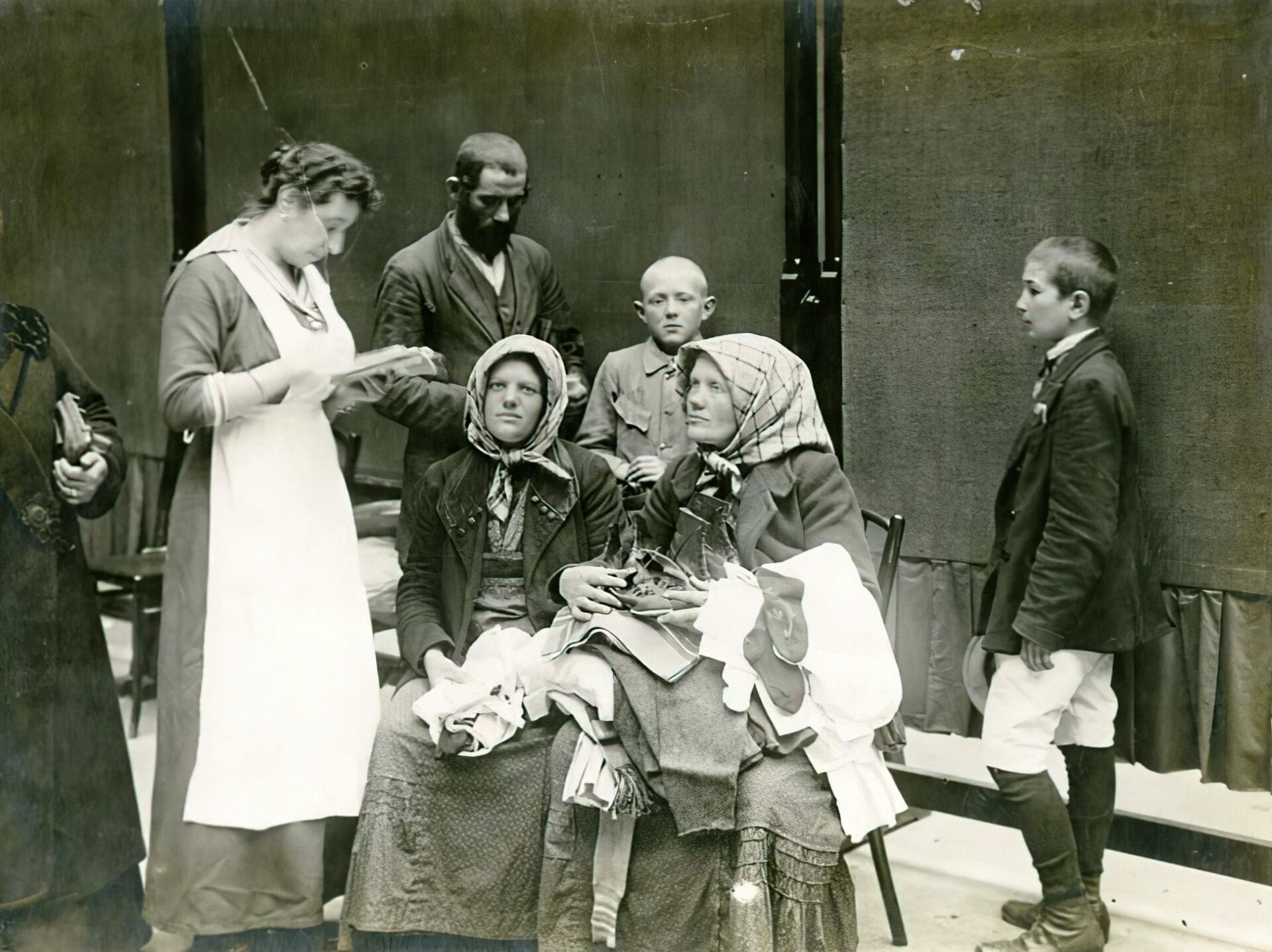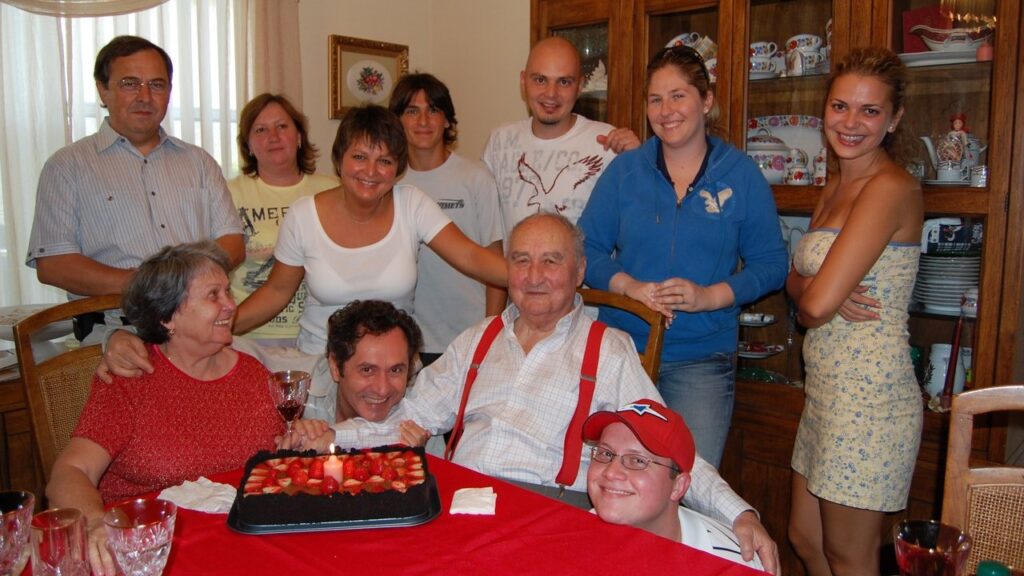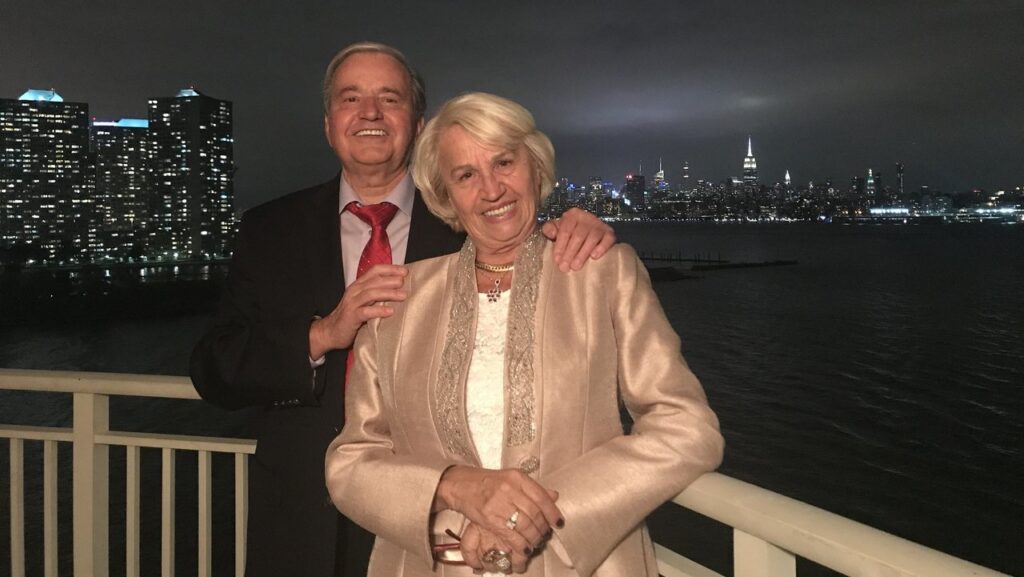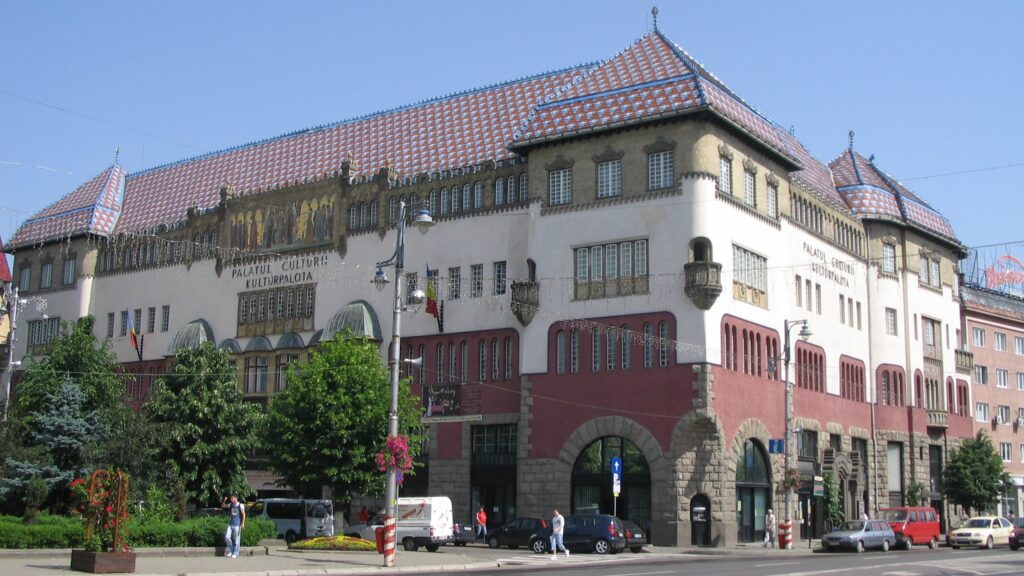After the devastating loss of the First World War, Hungary was forced to sign the peace treaty of Trianon in 1920, which mutilated the former Kingdom of Hungary, stripping it of two-thirds of its lands. Emblematic of the consequences of the loss of territory at Trianon was the fate of refugees from neighbouring countries, mainly middle-class people: Hungarian government officials and intellectuals who refused to take the oath of allegiance to the successor states and were therefore summarily expelled or left of their own accord.
Those who did not take the oath of allegiance but decided to stay were often attacked and atrocities were committed: according to the former police chief of Szabadka (today Subotica in Serbia) people had nails driven into their feet and fingernails by the invading Serbs, and some had their penises tied and were made to drink for three consecutive days. Such treatment drove masses of people from across the border to the motherland. In the summer of 1920, the right-wing paper Szózat wrote of this wave of refugees: ‘They are coming, they are coming, they keep coming. From the north, from the south, from the east,
like migratory birds, hungry, ragged, desperate, poor Hungarians arrive, lowly, deprived, homeless.’[i]
Between 1918 and 1924, 426,000 Trianon refugees arrived, and by the autumn of 1921, 4,600 railway wagons, used as temporary accommodation, were already full. The majority of the refugees were intellectuals, mostly from Transylvania, followed by those from what is Slovakia, Serbia and Austria today, but there were also some who fled to Hungary from Bosnia-Herzegovina.
The fate of the refugees living in the wagons was indeed bitter, according to contemporary reports. In November 1920, a newspaper visited the first ‘wagon-dwellers’ who had been living in a railway wagon for a month. The cabins were so cold that the water in the washbasin froze in the evenings. There were no lamps, oil or coal in the wagons. ‘They envied hell’, wrote the reporter, because ‘at least there it is bright and warm’. Mrs Pál B., a mother of a family from Zólyom (today Zvolen in Slovakia), told a journalist who visited her in their wagon: ‘We have been in the country for nine months. Now we are cold and miserable here. My poor husband could not stand all this torment, he went mad two months ago. Since then he has been in a madhouse’.[ii] The country’s leadership was well aware of the plight of the refugees, since PM István Bethlen was himself a Transylvanian refugee who often recalled how he had taken one last look at the ancestral family estate before fleeing on foot from the Romanian occupation. Governor Miklós Horthy similarly referred in his memoirs to the ‘terrible fate’ of the wagon-dwellers.[iii] Catholic bishop Ottokár Prohászka tried to help the refugees in his own way: he found out that there was a székely (Sekler) refugee selling ornate woven baskets at the market in a small settlement near Budapest. ‘I ordered four’, he told his diary.[iv]
Another important figure in Hungarian public life, Miklós Kozma also had personal experience with fleeing war, but Kozma, the first head of the Hungarian News Agency MTI did not live in a wagon, but in the cabin of an abandoned ship on the river Tisza: he lived for weeks on the ship, wearing dirty rags and an English military coat. At Christmas in 1921, the liberal paper Világ visited a group of these ‘cabin-dwellers’ on the Danube:
their lives were ‘reminiscent of the Stone Age’, the paper wrote.
Some thirty refugee families lived in the cabins of ships stuck in the winter harbour of the Danube. The reporter interviewed József Steinmann and his wife in a room four feet wide. The 70-year-old couple from Orsova crammed small pieces of furniture—a bed, a wardrobe and a stove—into the room and lived on three pieces of bread a day. The wife did laundry for sailors to earn some money. In another cabin there were eleven people: they told the reporter all they ate they had the day before was coffee and some beans, and they had not seen meat for two years. The journalist reported that as he was leaving, a lone old sailor was playing the accordion on the deck.[v]
Teleki Pál’s government (which preceded Bethlen’s premiership) promised in October 1920—at the time of the first larger wave of refugees—that all wagon-dwellers would be provided with housing by the next month, and although the government was unable to fulfil this promise, steps were taken to accomplish the goal. The first measure of the Christian Socialist government was, unsurprisingly, to expropriate private property. While Emil Petrichevich-Horváth, the State Secretary for Welfare, only proposed to evict the capital’s companies from their warehouses on the outskirts of the city, the Minister for Welfare, Nándor Bernolák, decided to evict left-wing organisations and Jews from their premises and homes by decree.
The idea was first raised at a cabinet meeting in August 1920, and in public life it was propagated most vociferously by Christian-Socialist politicians Károly Wolff (who demanded the ‘dictatorial right’ to seize Jewish houses) and László Budaváry (who wanted the government to ‘expropriate the Lipótváros district for [the refugees]’). According to the Social Democratic paper Népszava, a Jewish religious community building and a workers’ home in Csepel were also confiscated by decree, and the private homes of Jews and socialists in Budapest were also seized. In this regard, one critic rightly wrote that the new housing decree ‘reminds one of communism’, but this did not only refer to the expropriation and redistribution of apartments and premises.[vi] Rents were raised substantially by the Teleki government, forcing many families to huddle in 1–3 room flats, and the vacated, larger flats could also be used for refugees. According to Miklós Kozma, this was a ‘very brutal and bitter coercion’, but seemed to solve the issue—at least for a while.[vii]
[i] Szózat, 23d June 1920.
[ii] Endre Borsos, ’A menekültek és vagonlakók (1924)’. In: Pál Léderer (ed.), Így laktunk Pannóniában, Budapest, ELTE Szociológiai Intézet, 1992, 130.
[iii] Miklós Horthy, Emlékirataim, Budapest, Európa, 1990, 135.
[iv] Ottokár Prohászka, Soliloquia, II. köt., Budapest, Szent István Társulat, 1929, 77.
[v] Világ, 25 December 1921.
[vi] Új Budapest, 1921/35–36.
[vii] Dezső Nemes and Elek Karsai (eds.), Iratok az ellenforradalom történetéhez: 1919-1945. Vol. III. Az ellenforradalmi rendszer gazdasági helyzete és politikája Magyarországon: 1924-1926, Budapest, Kossuth, 1959, 376.








